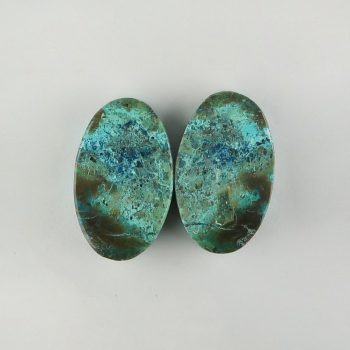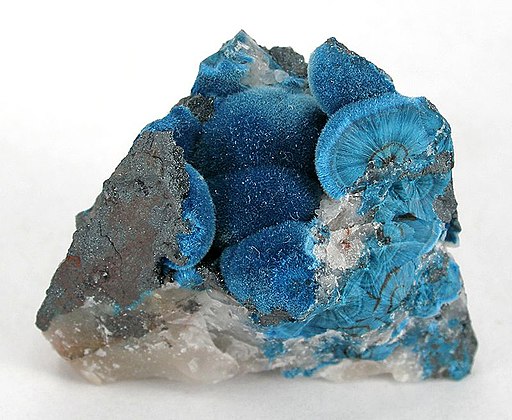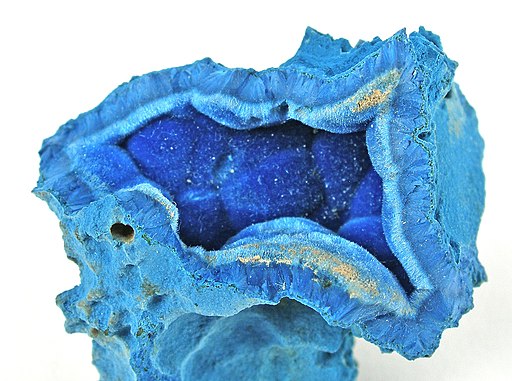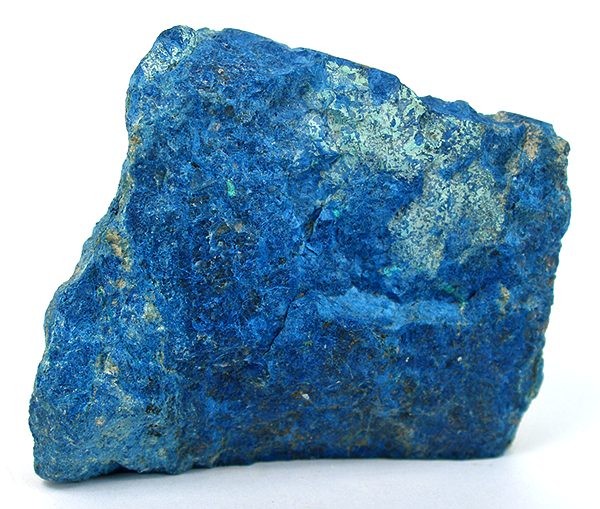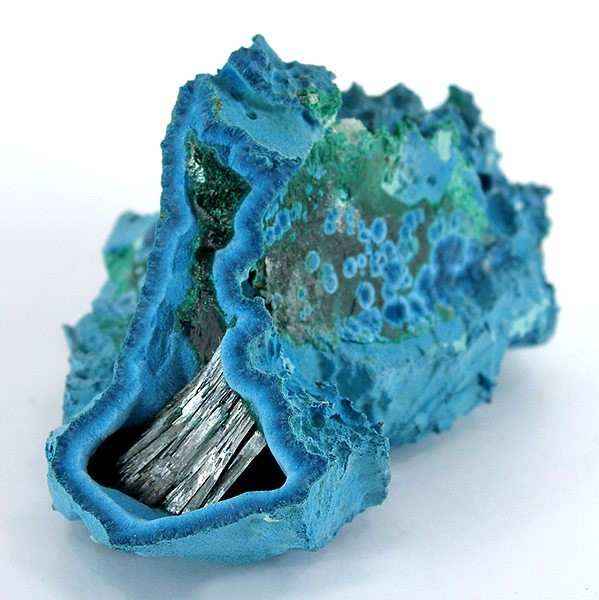Shattuckite
Shattuckite is a gorgeous blue Copper mineral often used as a collectors specimen due to its fascinating colours and interesting crystalline structure.
Showing the single result
Appearance, Uses and History
Shattuckite was named after the Shattuck mine of Bisbee in Arizona, USA.
Shattuckite occasionally occurs within Quartz and often occurs with Malachite alongside it. These pieces make excellent collectors specimens due to their bright, standout colours.
It is relatively uncommon and therefore specimens of quality are typically sold to collectors, rather than crushed for Copper.
In some cases, Shattuckite is cut into cabochons, although this material is sometimes Shattuckite in Quartz, for a little extra hardness.
Locales
Shattuckite is a relatively uncommon mineral, with only a few main locales.
Excellent specimens come from the Democratic Republic of the Congo, Mexico, Namibia, and the USA.
Mineralogy
Photos of Shattuckite
Hazards and Warnings
Shattuckite is considered toxic due to its Copper content. It should be handled with care and kept away from high humidity and/or water. Limited exposure is not a problem – just wash your hands after handling any specimens.
Almost all rocks, minerals (and, frankly, almost all other substances on earth) can produce toxic dust when cutting, which can cause serious respiratory conditions including silicosis.
When cutting or polishing rocks, minerals, shells, etc, all work should be done wet to minimise the dust, and a suitable respirator or extraction system should be used.
Translations
Arabic:
Hindi:
Portuguese:
Bengali:
Indonesian:
Punjabi:
English:
Italian:
Russian:
- Шаттукит
French:
Japanese:
Spanish:
- Shattuckita
German:
- Shattuckit
Korean:
Thai:
Gujurati:
Mandarin and Traditional Chinese:
- 斜硅铜矿
Urdu:

